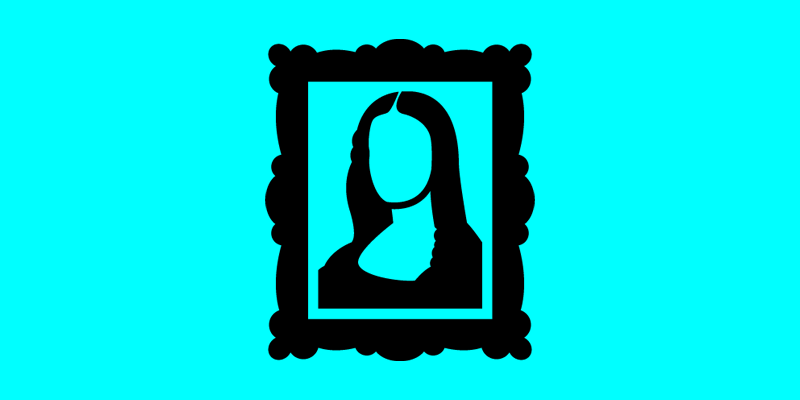Changing the World of Art Analysis
Art authentication, the process of verifying the legitimacy and origin of artworks, has always been a challenging and subjective endeavor. With the rise of artificial intelligence (AI), a new era in art authentication has dawned, promising to revolutionize how we validate and verify artworks. In this article, we will explore the world of AI in art authentication and its impact on the art market and historical preservation.
The Age-Old Challenge of Art Authentication
Art forgery has been a persistent challenge throughout art history. Forgers have become increasingly sophisticated in replicating the styles and techniques of renowned artists, making it difficult for experts to distinguish between genuine and counterfeit works. The subjective nature of art analysis often leads to debates, disagreements, and costly legal battles. This lack of consensus and the vast number of artworks with questionable authenticity have cast a shadow of doubt over the art market.
The Role of AI in Art Authentication
Art authentication has become one of the most promising applications of AI in the art world:
- Digital Fingerprinting: AI can create digital fingerprints of artworks, which are unique to each piece. These fingerprints include details on brushwork, materials, and stylistic elements
- Image Analysis: AI can analyze high-resolution images of artworks to detect subtle details and anomalies that might be indicative of forgeries or tampering
- Style Analysis: Algorithms can analyze an artist’s distinctive style, enabling the comparison of a work under question with the artist’s known body of work
- Provenance Verification: AI can analyze historical records and provenance documents to verify an artwork’s history and its path from the artist to the current owner
- Forgery Detection: AI can spot discrepancies in the materials used, such as pigments and canvas, and identify signs of forgery
- Signature and Date Verification: AI can scrutinize signatures and dates on artworks, looking for irregularities that might indicate forgery
Case Studies in AI Art Authentication
Several examples illustrate the application of AI in authenticating art:
- Authentica: Authentica is a platform that employs AI to verify the authenticity of artworks. They use deep learning algorithms and image analysis to create a comprehensive database of art
- Art Recognition: Art Recognition is a tool that uses AI to detect forgeries and create profiles of artists. It employs style analysis and image recognition to verify artworks
- The Rembrandt Project: This AI initiative focused on analyzing the works of Rembrandt, one of history’s most celebrated painters, to determine the authenticity of disputed works
Challenges and Controversies
The integration of AI in art authentication is not without its challenges:
- Interpretation Bias: Algorithms might reflect the biases of their developers or the data on which they were trained. The notion of authentic art can be subjective, and an AI’s interpretation may not always align with human perspectives
- Legal and Ethical Concerns: The introduction of AI in authenticating art has raised questions regarding the legal status of AI-generated opinions and the accountability of AI systems in determining authenticity
- Investment in Technology: The cost of implementing AI in art authentication, especially for smaller institutions or independent collectors, can be prohibitive
The Future of Art Authentication
AI’s role in art authentication is not to replace human expertise but to complement it. AI can process vast amounts of data quickly and objectively, providing valuable insights to art experts. As technology continues to advance, art authentication will become more accurate, efficient, and accessible. Art market transparency will benefit, fostering trust among buyers and sellers.
In conclusion, the integration of AI in art authentication is transforming the art world. While challenges remain, the potential for more accurate and objective verification of artworks is a tantalizing prospect for the art community. As AI continues to improve and become more widely adopted, it will play an increasingly vital role in preserving the authenticity and integrity of the world’s artistic heritage.





